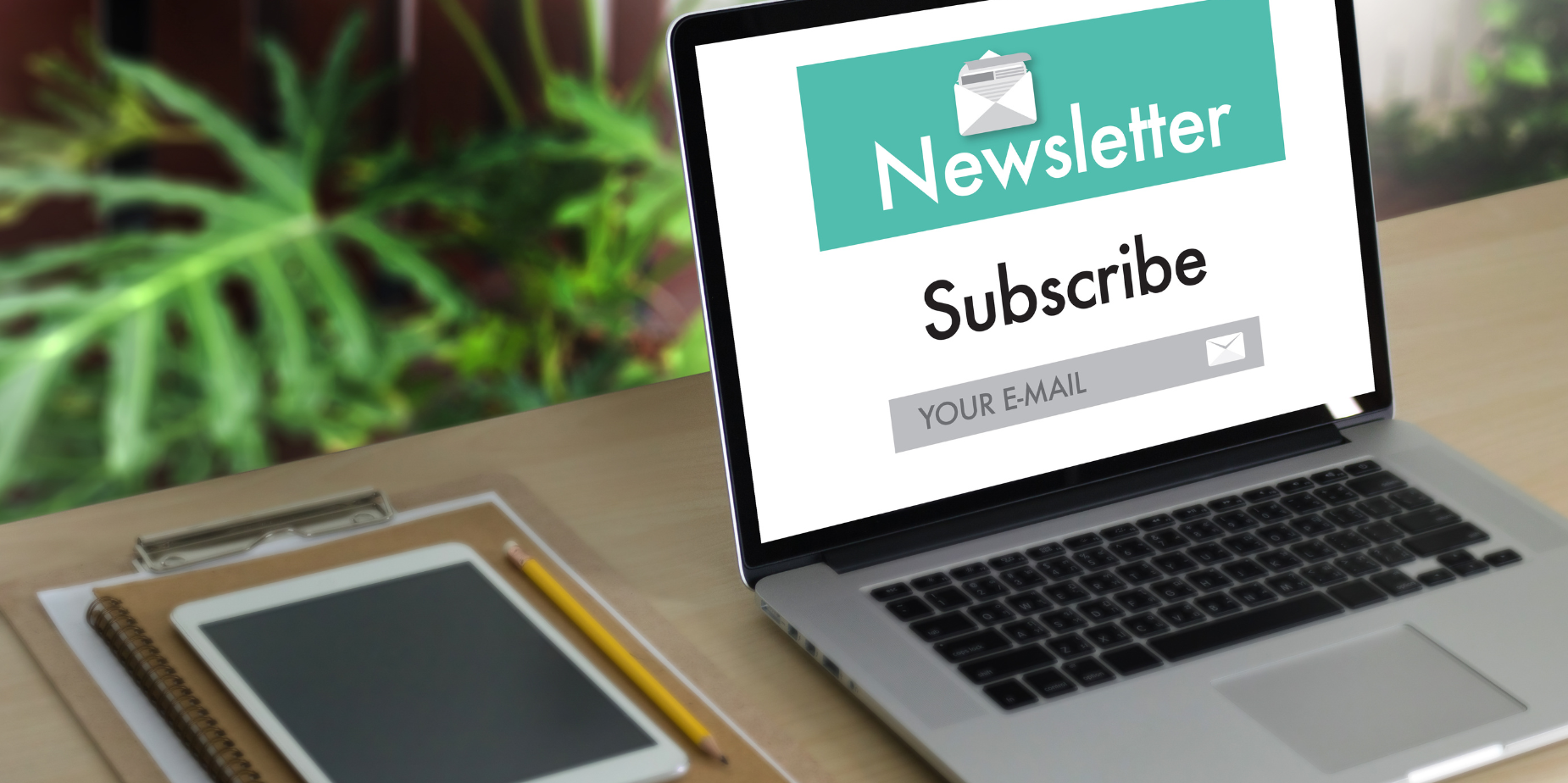Nigeria does not lack conversation.It lacks organization of conversation. Every day, millions of Nigerians discuss…

How to Write the Best Email Newsletter in 2025
Crafting Compelling Connections: How to Write the Best Email Newsletter
In the crowded digital landscape, email newsletters remain a powerful tool for building relationships, nurturing leads, and driving conversions. But simply sending emails isn’t enough. To truly captivate your audience and achieve your marketing goals, you need to craft compelling newsletters that stand out from the inbox clutter. This article explores the essential elements of writing a newsletter that resonates with your subscribers and delivers exceptional results.
1. Define Your Purpose and Audience:
Before you write a single word, clarify your newsletter’s objective. Are you aiming to:
- Drive traffic to your website?
- Promote your products or services?
- Share valuable content and build thought leadership?
- Nurture leads and move them through the sales funnel?
Understanding your purpose will inform your content strategy and tone. Equally important is knowing your audience. What are their interests, needs, and pain points? Tailoring your content to their specific preferences is crucial for engagement.
2. Craft a Compelling Subject Line:
Your subject line is the gatekeeper of your newsletter. It’s the first (and often only) impression you make. Make it count.
- Keep it Concise: Aim for brevity. Shorter subject lines are more likely to be read on mobile devices.
- Create Intrigue: Spark curiosity and entice readers to open your email.
- Personalize When Possible: Using the subscriber’s name or referencing past interactions can increase open rates.
- Avoid Spammy Words: Steer clear of excessive capitalization, exclamation points, and “free” offers that trigger spam filters.
3. Deliver Value in the Body:
Once you’ve captured attention with your subject line, deliver on your promise within the newsletter body.
- Provide Relevant Content: Share information that is valuable, informative, or entertaining to your audience. This could include blog posts, articles, curated content, industry news, or exclusive insights.
- Keep it Concise and Scannable: People are busy. Use short paragraphs, bullet points, and visuals to make your newsletter easy to read and digest.
- Maintain a Consistent Tone: Your newsletter should reflect your brand’s personality and voice. Be professional, friendly, or humorous, but stay consistent.
- Personalize the Experience: Segment your audience and tailor content based on their interests and demographics.
4. Include a Clear Call to Action (CTA):
Every newsletter should have a clear and compelling call to action. What do you want your readers to do?
- Make it Obvious: Use buttons, contrasting colors, and action-oriented language to make your CTA stand out.
- Keep it Specific: Tell readers exactly what you want them to do (e.g., “Shop Now,” “Download the Guide,” “Register for the Webinar”).
- Create a Sense of Urgency: Limited-time offers or exclusive deals can encourage immediate action.
5. Optimize for Mobile:
A significant portion of emails are opened on mobile devices. Ensure your newsletter is mobile-friendly.
- Use a Responsive Template: Choose a template that adapts to different screen sizes.
- Keep Images Small: Large images can slow down loading times on mobile devices.
- Test on Different Devices: Preview your newsletter on various devices to ensure it looks good across the board.
6. Maintain Consistency and Frequency:
Regularity is key to building a loyal readership.
- Establish a Consistent Schedule: Whether it’s weekly, bi-weekly, or monthly, stick to a regular sending schedule.
- Don’t Overdo It: Sending too many emails can lead to subscriber fatigue and unsubscribes.
7. Track and Analyze Your Results:
Use email analytics to track your newsletter’s performance.
- Monitor Open Rates, Click-Through Rates, and Unsubscribe Rates: This data will give you insights into what’s working and what’s not.
- A/B Test Different Elements: Experiment with different subject lines, content, and CTAs to see what resonates best with your audience.
8. Provide an Easy Way to Unsubscribe:
Respect your subscribers’ preferences by making it easy for them to unsubscribe. This builds trust and avoids being flagged as spam.
9. Proofread Carefully:
Typos and grammatical errors can damage your credibility. Proofread your newsletter carefully before sending it.
10. Stay Inspired and Adapt:
The world of email marketing is constantly evolving. Stay up-to-date on the latest trends and best practices to ensure your newsletters remain fresh and engaging.
By following these tips, you can craft email newsletters that not only land in inboxes but also build meaningful connections with your audience, drive desired actions, and contribute to your overall marketing success.


